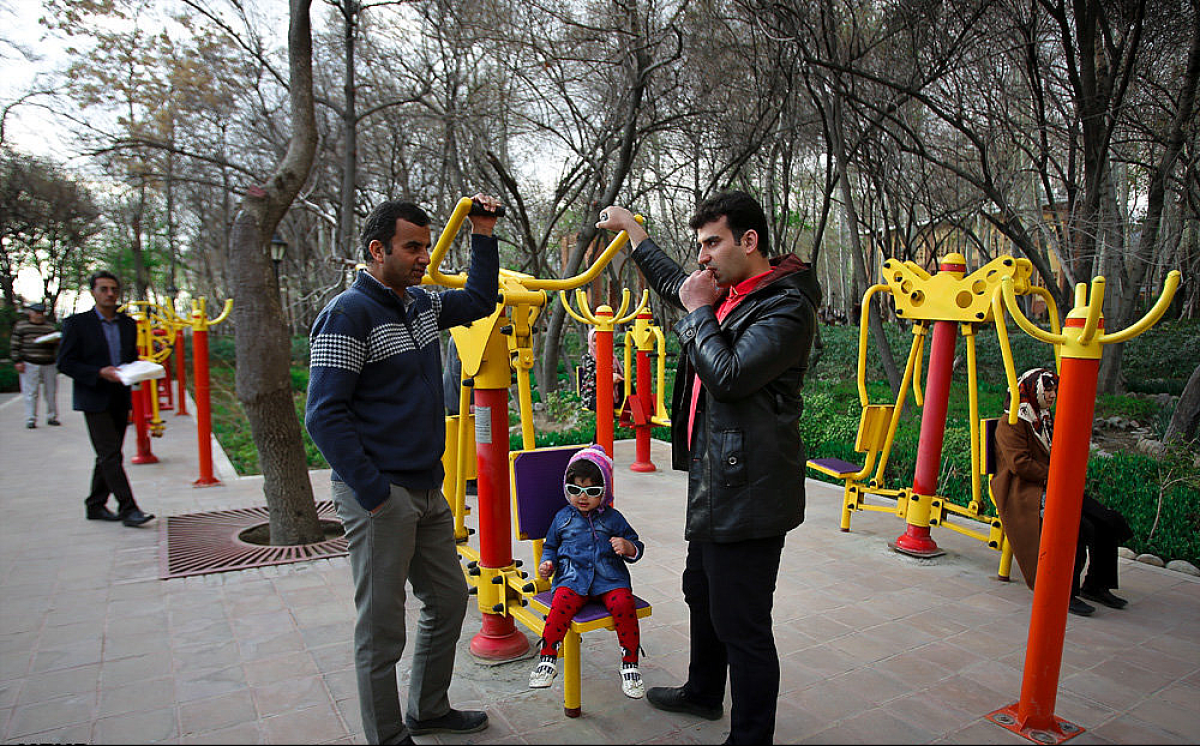 200
200
Jean Baudrillard, a prominent French sociologist and cultural theorist, authored “The Gulf War did not take place in 1991, sparking widespread controversy.
The crux of Baudrillard’s argument was that the First Gulf War was depicted quite differently in the Western media than what really transpired during the conflict.
Baudrillard maintains that the connection between our perception, or more precisely, our vision of the world and existing reality, has been severed, and two distinct beings have emerged. For example, he believed that Disneyland is presented as imaginary to make us believe the rest of America is real.
If Baudrillard were alive today, he would likely investigate the current instability in Iran and produce a new book named “The Social Media Revolution,” in which he would reiterate the binary between reality and what we construe to be reality.
The US-backed unrest in Iran begins with what appears to be a new velvet revolution, much like the “velvet revolutions” in former Soviet republics.
With the number of baseless tweets and fake news aired by Persian-language news outlets funded by the Saudi regime, one might assume that the unrest in Iran has been going on for months or even years, that there have been horrific street confrontations, rattling roar of automatic gunfire, and that tens of thousands of demonstrators— who do not actually exist— have been killed.
Contrary to fake news disseminated by Saudis and Zionists, the Iranian bazaars, marketplaces, and streets are teeming with customers and parents with strolling children.
Nevertheless, credulous Western or even Iranian media viewers would be shocked by the mischievous illusions that the country is facing a statewide strike, economic collapse, and social agony.
Iran International, the BBC, and even infamous celebrities like Kim Kardashian, whose only talent is her butt, have concocted a fictional Iran in which the people are diligently barricading the main roads, and dead bodies are being dragged through the streets; high-ranking military officials are trying to flee; in short, the phoney revolution in Iran is now on the verge of victory and has already triumphed in certain regions. The gap between this “fabricated Iran” and the “real Iran” is vast.
Similar to the Rod of Moses, “reality” shall prevail ultimately, rendering the media dragons powerless. Some audiences will finally become aware of the Social media shenanigans, while others will still want to immerse themselves in fantasy.
But in the end, the Iranian people are astute enough to discern that the dystopian and unreal “colour revolutions” would end in nothing but turmoil and destruction, given that they have already witnessed instances of American democracy in Iraq and Afghanistan.
Comment
Post a comment for this article